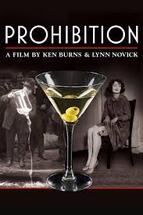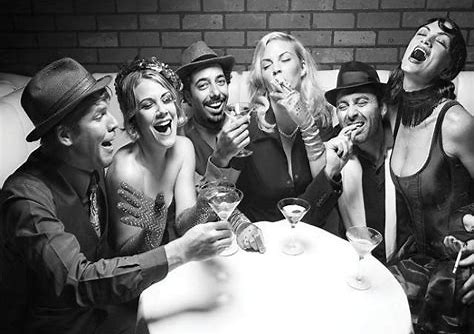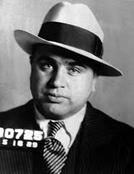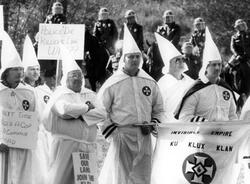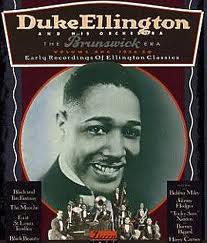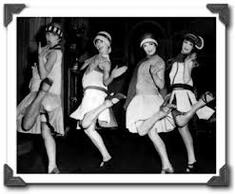PROHIBITION AND THE RISE OF JAZZ
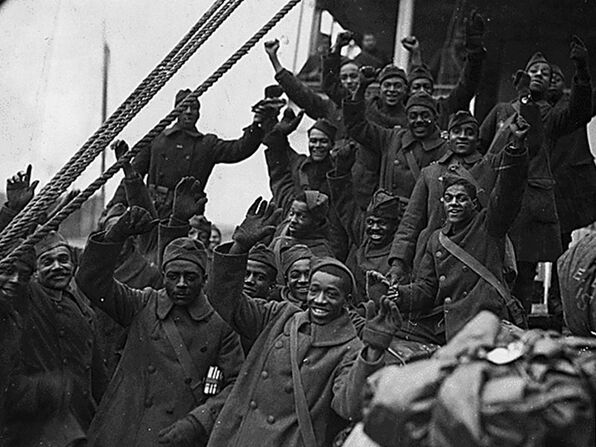
♬ LISTEN: James Reese Europe "Hellfighters" Band
How Ya Gonna Keep 'Em Down on the Farm (after they've seen Par-ee?)
James Reese Europe’s all-black 369th “Hellfighters” regiment spent 191 days in front-line WWI trenches--more than any other American unit. For their courage, they were awarded the French Croix de Guerre. The Hellfighters band became the most well-known of its kind—first to bring proto-jazz to the Continent. Arriving home, they led the victory parade up New York City’s Fifth Avenue and recorded numerous tunes, including this favorite, How Ya Gonna Keep ‘Em Down on the Farm?”
How Ya Gonna Keep 'Em Down on the Farm (after they've seen Par-ee?)
James Reese Europe’s all-black 369th “Hellfighters” regiment spent 191 days in front-line WWI trenches--more than any other American unit. For their courage, they were awarded the French Croix de Guerre. The Hellfighters band became the most well-known of its kind—first to bring proto-jazz to the Continent. Arriving home, they led the victory parade up New York City’s Fifth Avenue and recorded numerous tunes, including this favorite, How Ya Gonna Keep ‘Em Down on the Farm?”
